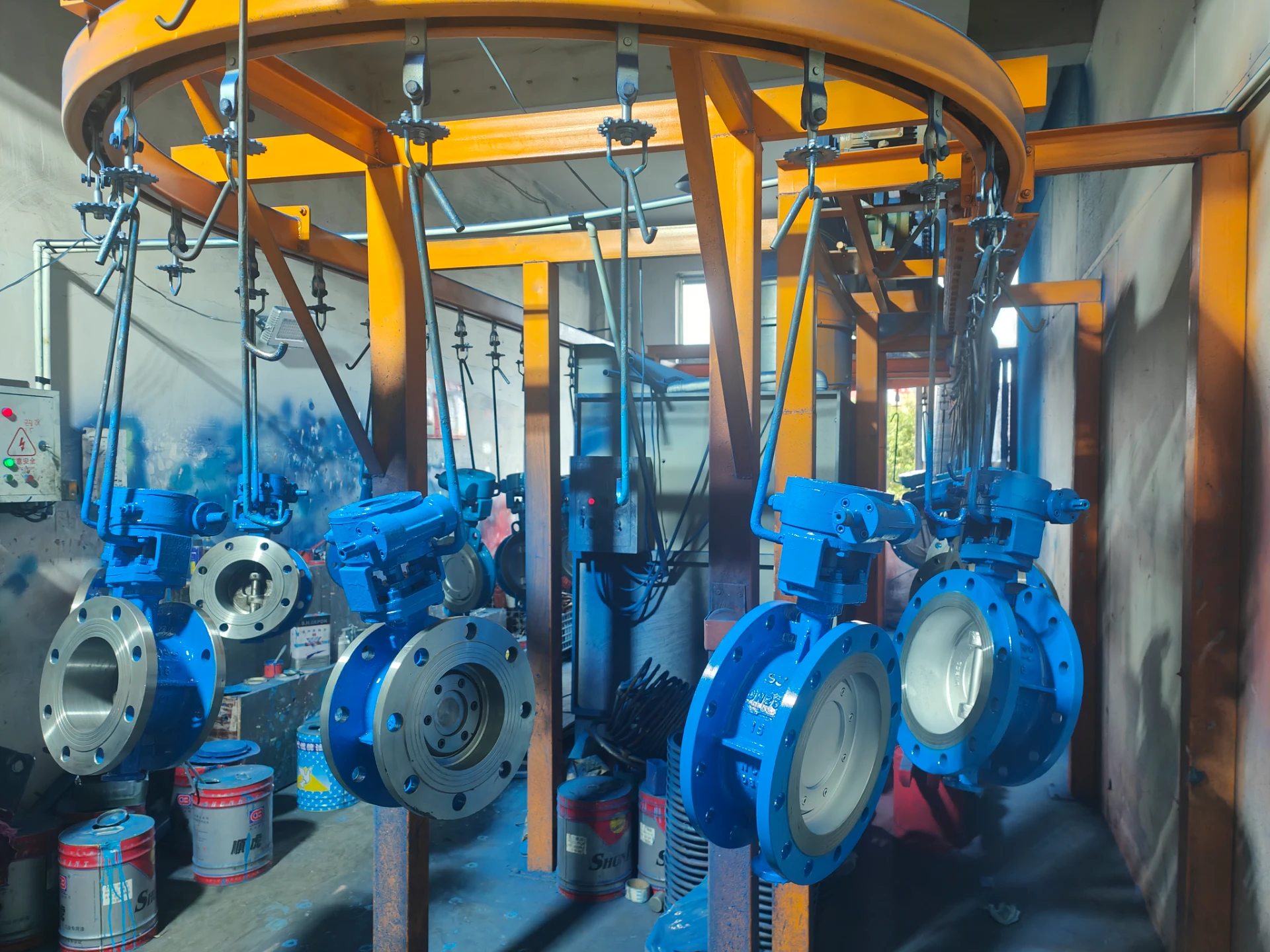Inspection of Pressure Tank Check Valve Maintenance and Functionality Guide
Understanding Check Valves for Pressure Tanks
Check valves play a crucial role in maintaining the efficiency and safety of pressure tanks used in various applications, from water storage systems to industrial processes. In this article, we will explore the importance of check valves in pressure tanks, their functioning, types, installation processes, and maintenance tips.
What is a Check Valve?
A check valve, also known as a non-return valve, is a device that allows fluid to flow in one direction only. Its primary purpose is to prevent backflow, ensuring that the liquid or gas within a system moves in the desired direction. In pressure tanks, check valves are critical components that help maintain pressure levels, protect pumps, and ensure the system operates efficiently.
The Importance of Check Valves in Pressure Tanks
1. Backflow Prevention One of the primary functions of a check valve in a pressure tank is to prevent the backflow of fluids. If backflow occurs, it can lead to contamination of the system, loss of pressure, and potential damage to equipment.
2. System Efficiency Check valves help maintain the necessary pressure in a tank by ensuring that the stored liquid or gas remains in place. This is especially important in applications where the integrity of the pressure needs to be kept constant for operational efficiency.
3. Equipment Protection By preventing backflow, check valves protect pumps and other machinery connected to the pressure tank. Backflow can cause mechanical wear and tear, leading to costly repairs or replacements.
4. Safety In certain applications, such as gas storage, the consequences of backflow can be dangerous. A check valve adds a layer of safety by preventing hazardous materials from flowing backward into tanks or pipelines.
How Check Valves Work
Check valves typically operate using a simple mechanism that consists of a disc, ball, or flap that moves in response to fluid flow. When fluid flows in the correct direction, the check valve opens, allowing the fluid to pass through. Conversely, if the fluid attempts to flow backward, the mechanism closes, effectively blocking the backflow. This one-way flow is crucial for maintaining system integrity and safety.
Types of Check Valves
There are several types of check valves, each suited for different applications
1. Ball Check Valve This type uses a ball that moves up and down in response to pressure changes. It is ideal for applications with low pressure and is commonly used in residential plumbing.
2. Swing Check Valve This design features a hinged disc that swings open with flow and closes when flow ceases. It is effective in various industrial applications, especially for larger systems.
check valve for pressure tank

4. Diaphragm Check Valve This type employs a flexible diaphragm that opens and closes based on pressure changes. It’s often used in systems where a tight seal is required.
Installation of Check Valves
Proper installation of check valves is essential for their effectiveness. Here are a few key steps
1. Choose the Right Location Install the check valve in a suitable location where backflow is likely to occur, such as at the outlet of a pressure tank or before a pump.
2. Ensure Correct Orientation Check valves must be installed in the specified orientation, typically vertical, to ensure proper functionality.
3. Use Appropriate Piping Ensure that the piping connected to the check valve is of the correct size and material to handle the pressure and type of fluid in your system.
Maintenance Tips
Regular maintenance of check valves helps prolong their lifespan and ensures reliable performance
1. Inspect Regularly Regularly check the valve for signs of wear, corrosion, or damage.
2. Clean Ensure that the check valve and surrounding pipes are free from debris and build-up, which could impair functionality.
3. Test Functionality Periodically test the valve to ensure it opens and closes properly.
Conclusion
In summary, check valves are vital components in pressure tanks, serving the essential functions of backflow prevention, system efficiency, equipment protection, and safety. Understanding the types, proper installation, and maintenance of check valves can significantly impact the reliability and safety of pressure tank operations. By ensuring these mechanisms function optimally, you can protect your system and enhance its longevity.
-
High-Security Lockable Gas Valve - Tamper-Proof ControlNewsAug.30,2025
-
Reliable Hydraulic Valves for Efficient Fluid ControlNewsAug.29,2025
-
Reliable Electric Actuators for Industrial Valve AutomationNewsAug.29,2025
-
Premium Line Blind Valves for Secure Pipeline IsolationNewsAug.29,2025
-
Premium Electric Valves for Smart Fluid Control SolutionsNewsAug.29,2025
-
Precision Balanced Valves for Optimal System PerformanceNewsAug.29,2025
-
Heavy-Duty Flanged Butterfly Valves for Water SystemsNewsAug.29,2025




